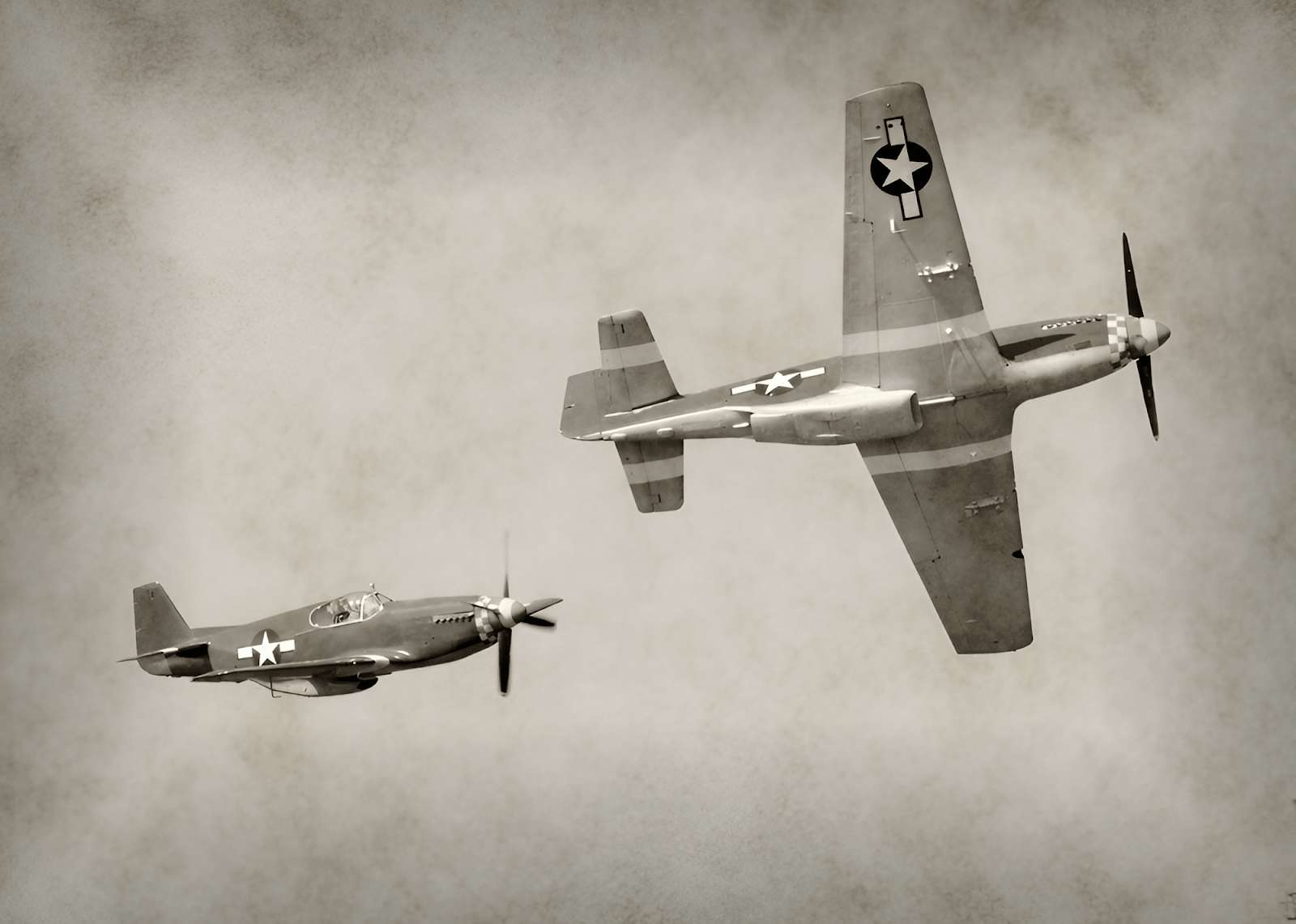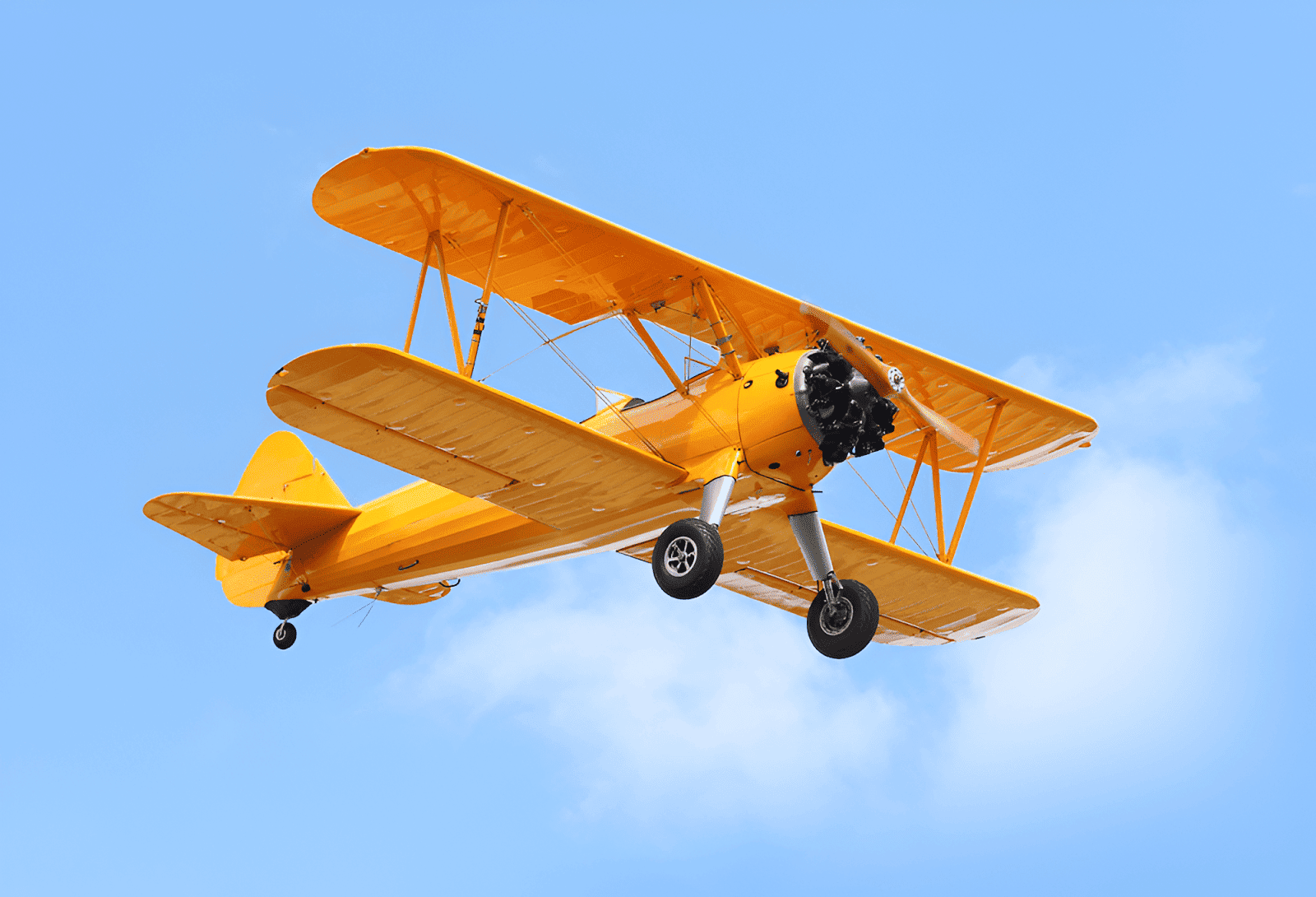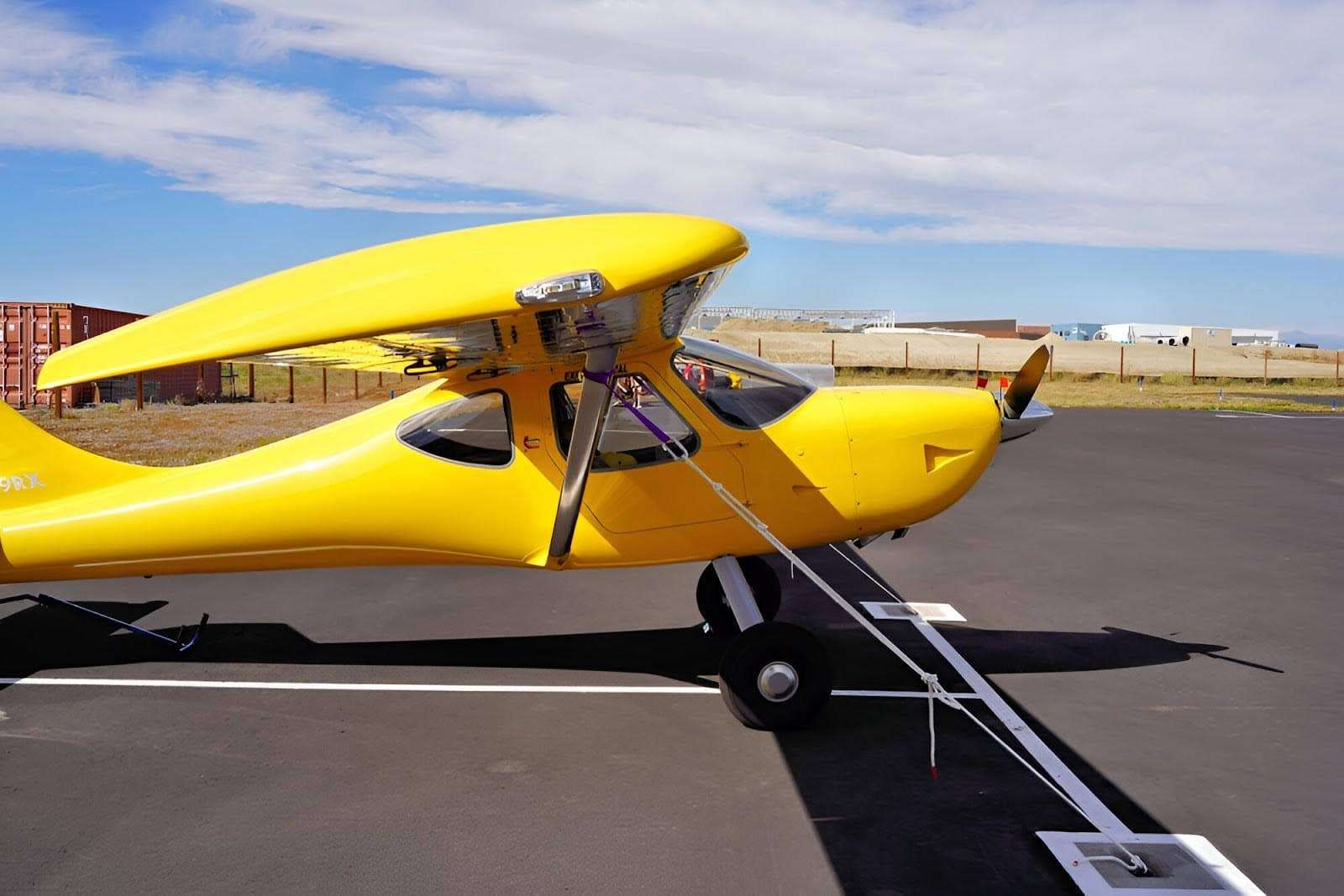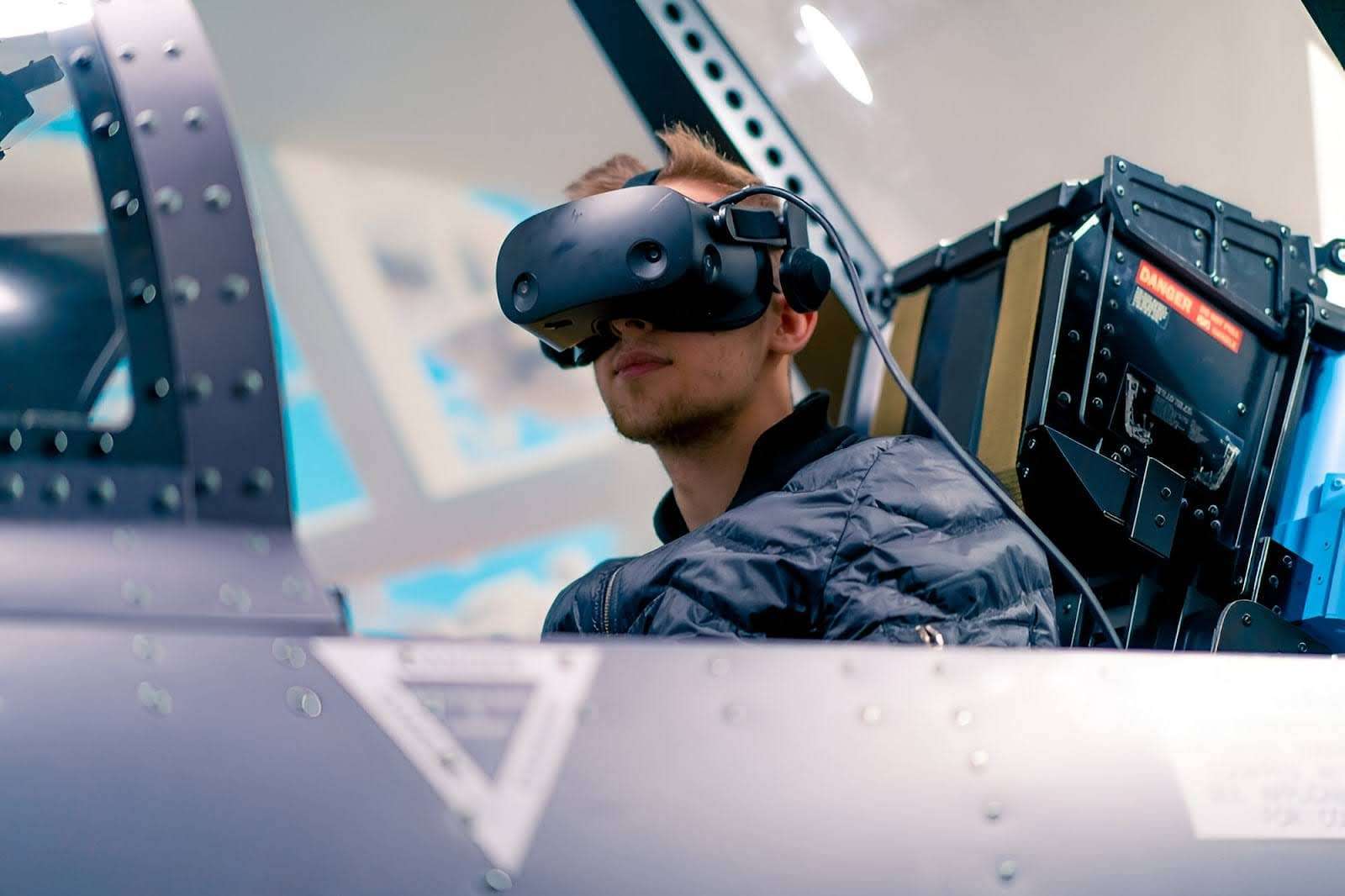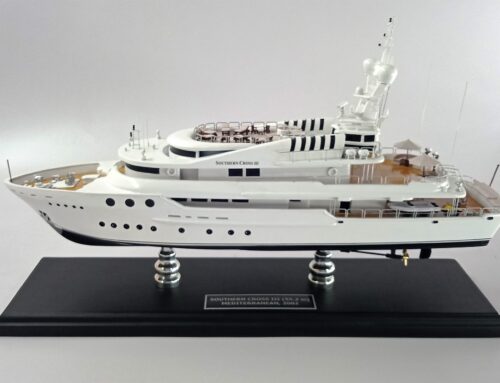The aviation industry stands on the brink of an electric revolution, with startups and aerospace giants alike racing to develop sustainable aircraft. While cutting-edge battery technology and advanced materials dominate discussions, an unexpected source of inspiration is emerging: vintage aircraft designs.
The lightweight structures, efficient aerodynamics, and simplicity of early aviation pioneers might hold valuable lessons for the electric aircraft of tomorrow.
Learning From Aviation’s Golden Age
Many pre-World War II aircraft were marvels of lightweight engineering out of necessity. Without powerful engines or advanced composites, designers relied on clever aerodynamics and minimalistic construction:
- The Fokker D.VIII, with its thick cantilever wing, achieved remarkable stability without complex systems
- The de Havilland DH.88 Comet set speed records using streamlined wooden construction
- Piper Cubs demonstrated how slow-flight efficiency could extend range with limited power
These principles directly translate to electric aviation, where every watt of battery power must be used efficiently. Some modern electric aircraft, like the Magnus eFusion, already borrow wing profiles from 1930s racers.
The Return of Biplanes and Box Wings?
Vintage configurations once abandoned for jet-age travel are being re-examined:
Biplane Advantages
- Reduced wingspan for same lift (ideal for urban airports)
- Naturally redundant structures
- Lower stall speeds for safety
Box Wing Potential
- First seen on 1920s experimental aircraft
- Offers improved lift-to-drag ratios
- Being tested by NASA for next-gen designs
Startup Wright Electric is studying whether adapted biplane designs could make their 100-seat electric airliner more energy efficient.
Materials Meet Modern Tech
Early aircraft used lightweight woods and fabrics that modern engineers are revisiting with high-tech twists:
- Modified spruce: Combined with carbon fiber for strength
- Renewable composites: Hemp-based materials mimicking vintage fabric skins
- 3D-printed bracing: Recreating classic truss structures with additive manufacturing
The Airbus E-Fan X program has experimented with these hybrid approaches, achieving weight savings crucial for electric flight.
Where Vintage Meets Digital
Modern plane modeling techniques allow engineers to test these retro concepts virtually before building full-scale prototypes. Advanced simulations can predict how 1920s wing shapes perform with electric propulsion systems, saving millions in development costs. For enthusiasts following this technological revolution, high-fidelity airplane models for sale provide tangible examples of how historical designs influence modern electric aircraft development.
Challenges in Looking Backward
While vintage inspiration shows promise, significant hurdles remain:
- Structural Safety: Old designs must meet modern certification standards
- Scale Issues: What worked for two-seaters may not translate to larger aircraft
- Systems Integration: Vintage airframes weren’t designed for battery weight distribution
Companies like Rolls-Royce Electrical are addressing these by creating hybrid designs that blend classic aerodynamics with contemporary safety systems.
The Future of Retro-Electric Flight
Several projects demonstrate this fusion of old and new:
- EcoPulse (Daher/Safran): A 1930s-style wing with distributed electric propulsion
- Electra.aero: A modern STOL design inspired by 1940s bush planes
- NASA X-57 Maxwell: Uses wingtip motors recalling 1920s boundary layer control experiments
Credit: (Electra.aero)
As the industry moves toward sustainability, these lessons from aviation’s past may prove just as valuable as the latest battery breakthroughs. The electric aircraft of 2030 might look surprisingly familiar to pilots from 1930 – just quieter, cleaner, and packed with digital smarts under their vintage-inspired skins.
This exploration of historical designs in modern contexts shows how aviation’s future may be hiding in plain sight within its own history books. For engineers and enthusiasts alike, studying these connections through models, simulations, and prototypes continues to yield surprising insights about sustainable flight.
